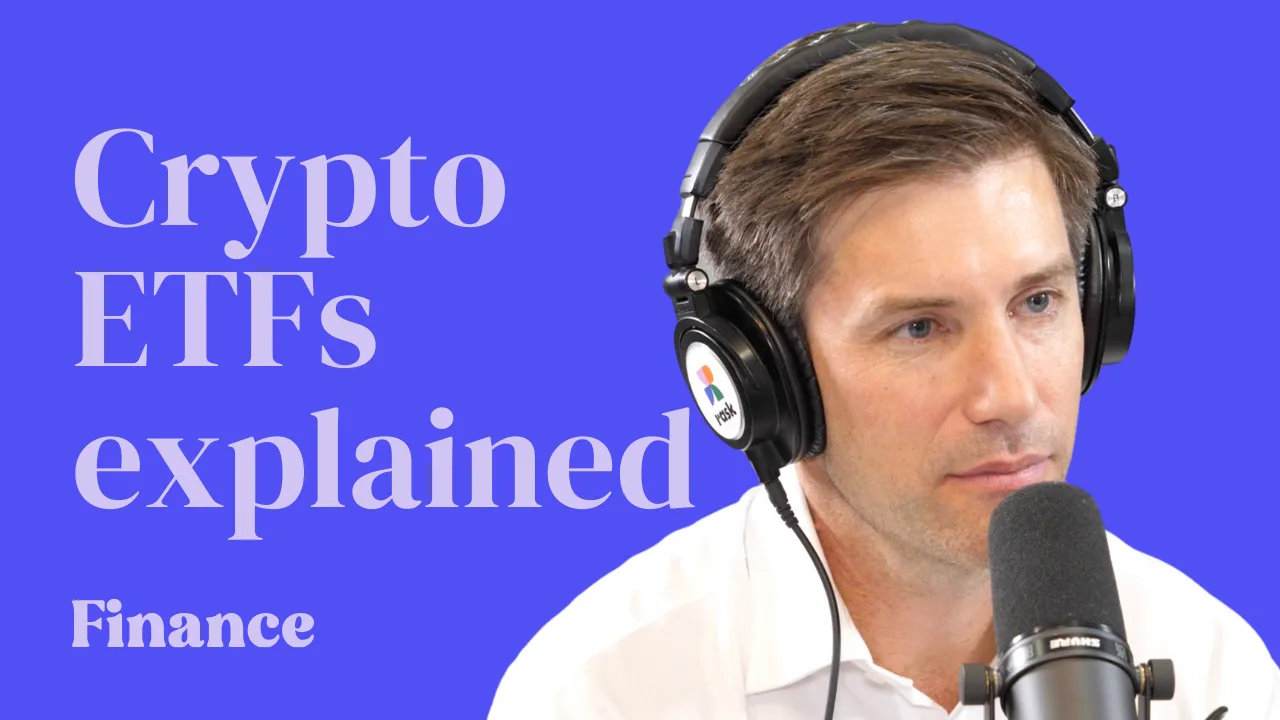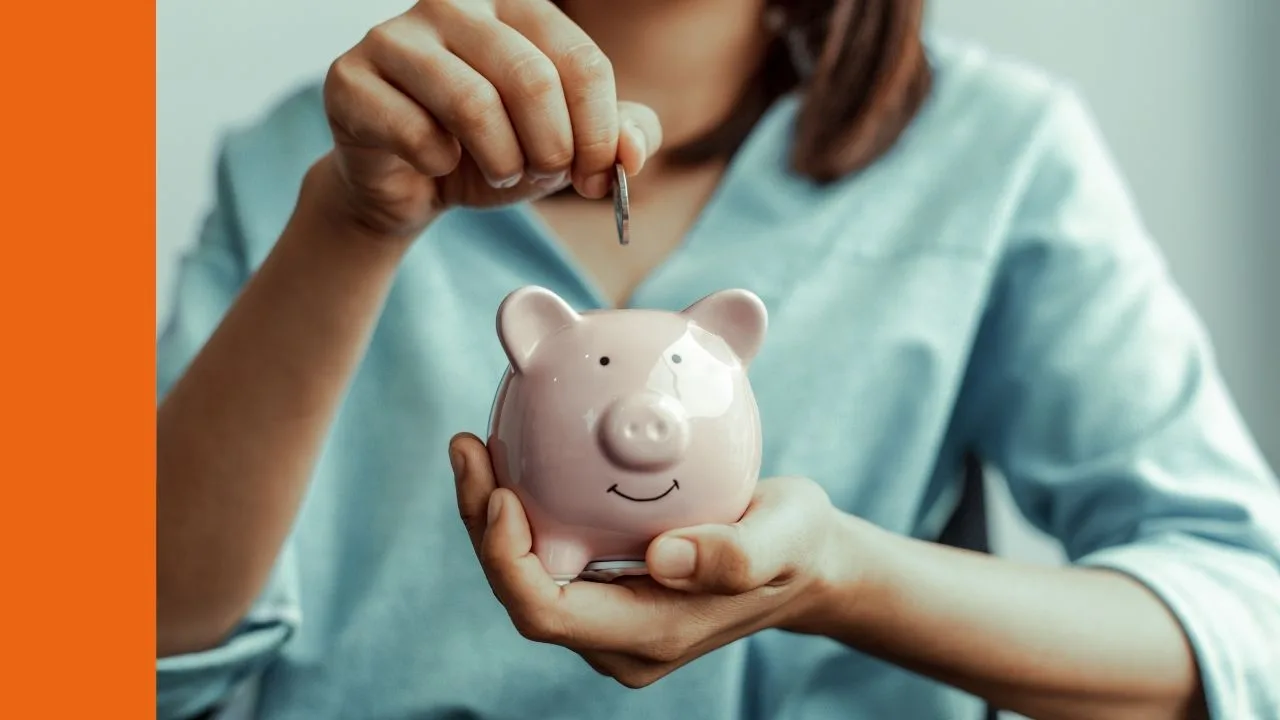Commonwealth Bank of Australia (ASX: CBA) released its FY19 results this morning and announced the same dividend it did last year. Here’s why I’m concerned about the sustainability of CBA’s dividend.
About CBA
Commonwealth Bank of Australia or CBA is Australia’s largest bank, with commanding market share of the mortgages (24%), credit cards (27%) and personal lending markets. It has 16.1 million customers, 14.1 million are in Australia. It is entrenched in the Australian payments ecosystem and financial marketplace.
FY19 Dividend
CBA released its FY19 results this morning including the amount of the final dividend. The declared dividend was $2.31 per share, making the total FY19 dividend $4.31, the same as last year. CBA shares currently offer a trailing dividend yield of 5.4%.
The concerning factor for me is the payout ratio. Since FY15, CBA has raised its dividend around 2.6% from $4.20 to $4.31. Over that same time period, however, the payout ratio has grown from 75% in FY15 to 88% in FY19.
In other words, CBA isn’t growing or maintaining its dividend by growing its earnings, it is simply increasing the payout ratio each year. This, of course, means that CBA will hit a limit where it can no longer increase the payout ratio and dividend growth will have to come from earnings growth.
CBA’s current payout ratio of 88% sits well above the long-term goal of a ratio between 70% and 80%, so unless earnings growth begins to pick up (and keep in mind CBA just reported a decline in NPAT and continuing cash net profit), the dividend cannot keep growing.
With CBA reporting an increase in ‘troublesome and impaired assets’ and an increase of 11% in loan impairment expenses in FY19, the question needs to be asked whether CBA’s dividend is sustainable.
What’s The Outlook?
No one can say for certain what will happen with CBA’s dividend, and their willingness to continually increase the payout ratio suggests they will try hard to maintain the current dividend. However, based on their latest results, I don’t see how CBA can sustainably grow its dividend without something changing fast.
I’d rather invest in one of the businesses mentioned in the free report below.
[ls_content_block id=”14945″ para=”paragraphs”]
Disclosure: At the time of writing, Max does not own shares in any of the companies mentioned.







